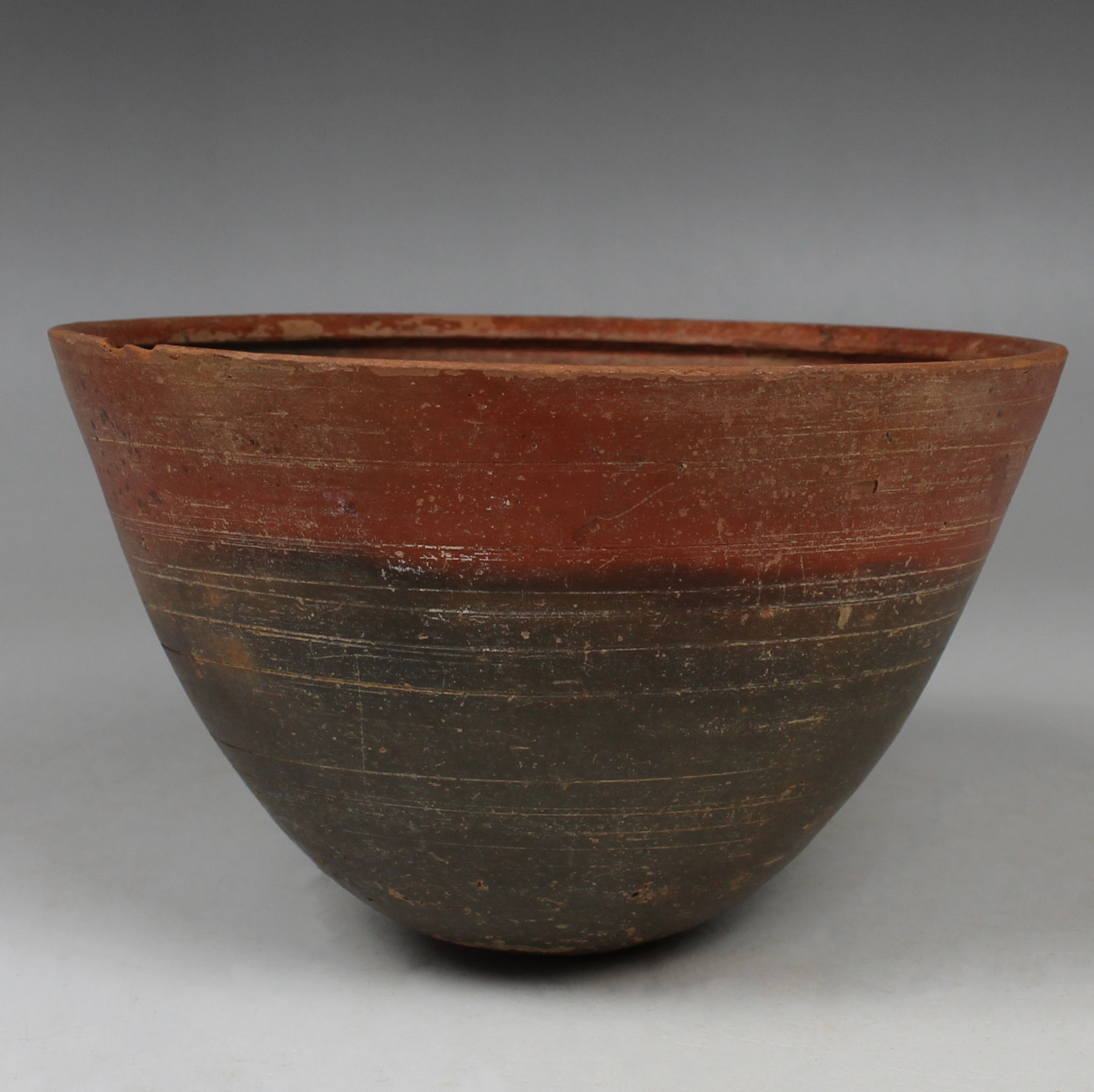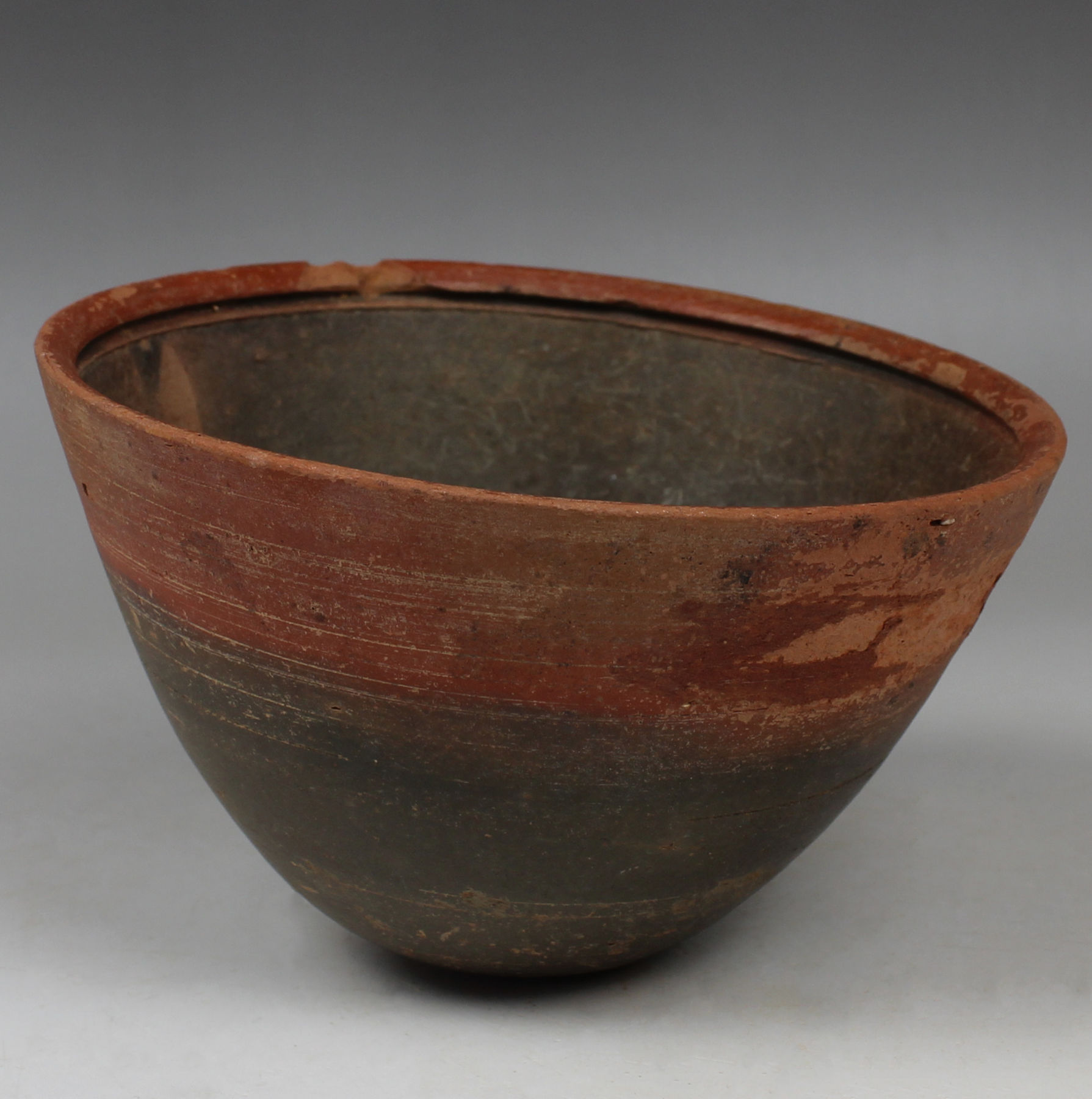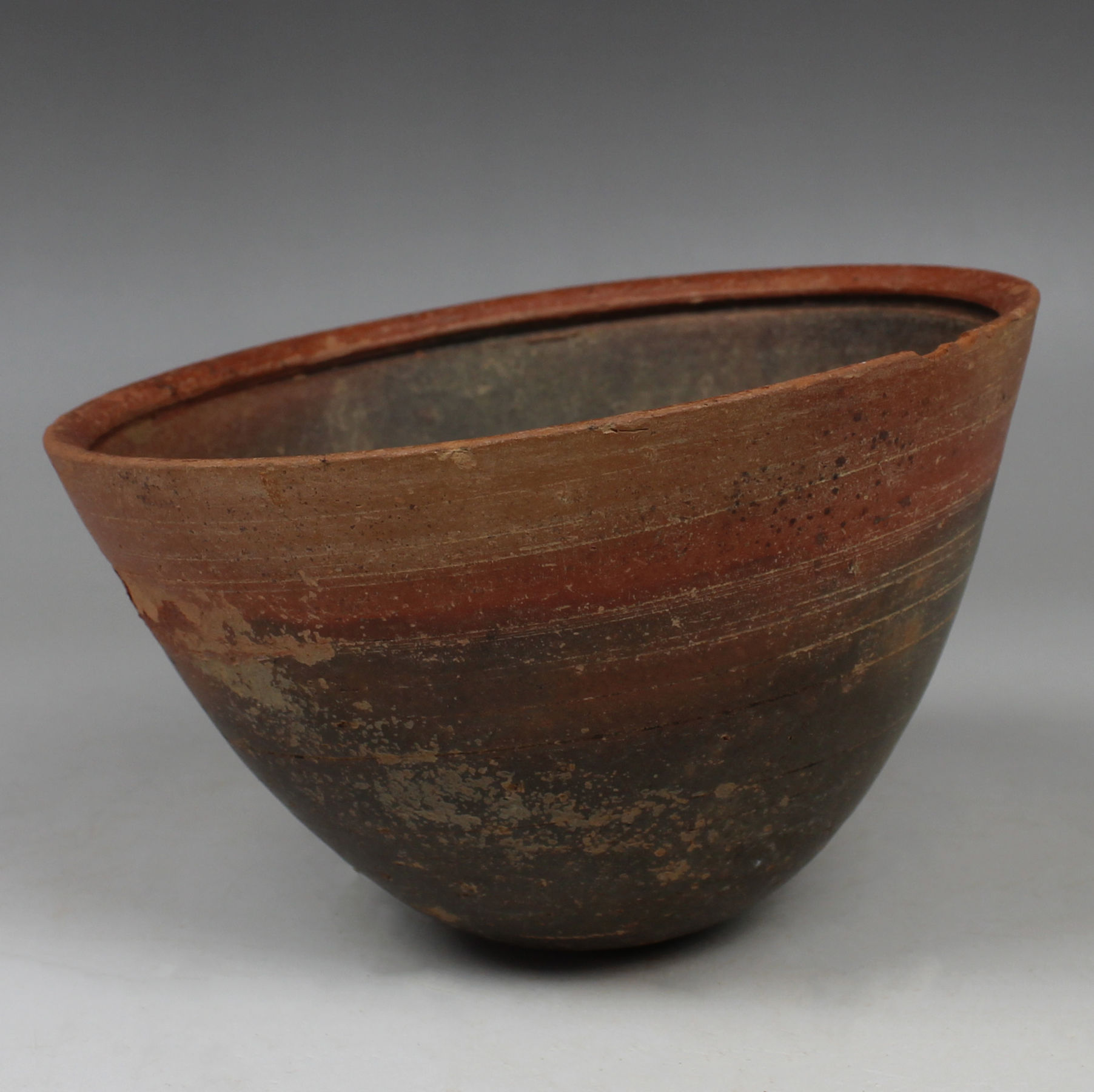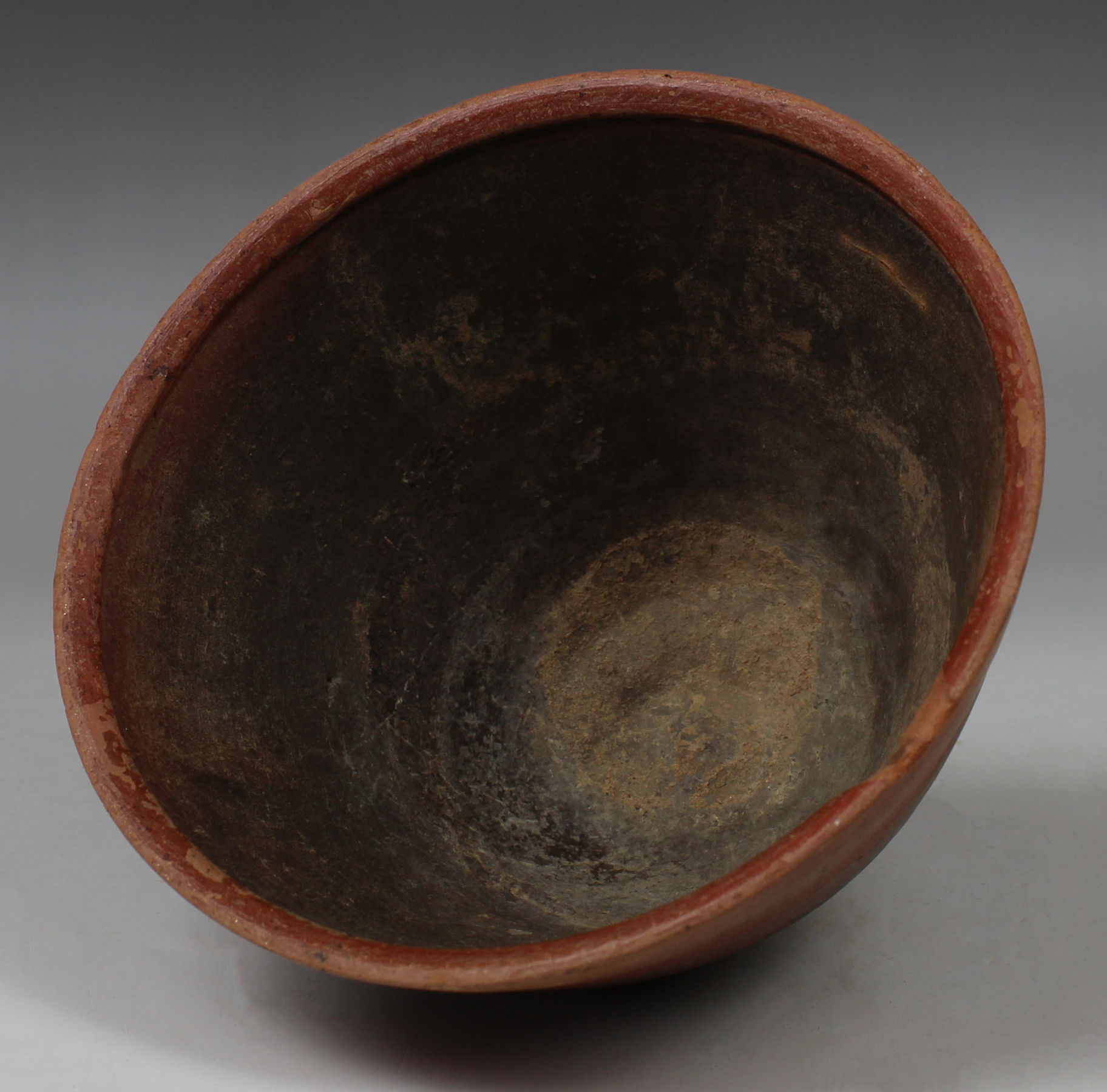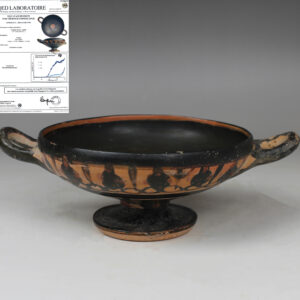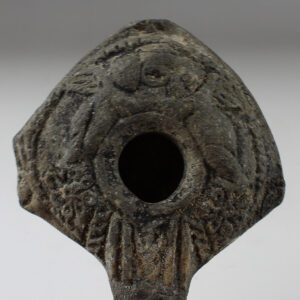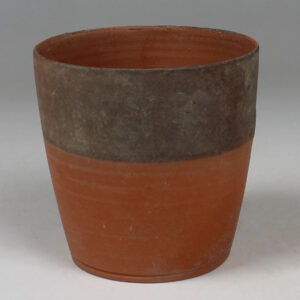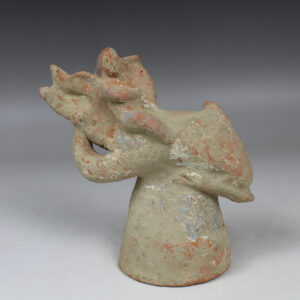Description
| ITEM | Mastoid bowl |
| MATERIAL | Pottery |
| CULTURE | Greek, Hellenistic Period |
| PERIOD | 3rd – 1st Century B.C |
| DIMENSIONS | 90 mm x 140 mm |
| CONDITION | Good condition |
| PROVENANCE | Ex German private collection, B. K., in Germany since before 1950. |
During the Hellenistic period, which lasted from the death of Alexander the Great in 323 BCE to the establishment of the Roman Empire in 31 BCE, Greek pottery underwent significant changes in style, technique, and function. Hellenistic pottery was influenced by the artistic trends of the time, which were characterized by a greater emphasis on realism, theatricality, and individual expression. This period saw the rise of regional styles as Greek culture spread throughout the Mediterranean world, leading to a diverse array of pottery traditions.
One notable development in Hellenistic pottery was the increased popularity of utilitarian wares, such as cooking vessels, storage jars, and tableware. These objects were often decorated with simple, functional designs and served practical purposes in everyday life. At the same time, there was a continued demand for luxury pottery, including finely crafted vessels adorned with elaborate scenes and motifs. Hellenistic potters experimented with new forms and techniques, producing innovative shapes and decorative patterns that reflected the eclectic tastes of the period.
Hellenistic pottery also played a significant role in the dissemination of Greek art and culture beyond the borders of the Greek world. As Greek colonies spread throughout the Mediterranean and beyond, so too did the influence of Greek pottery. Hellenistic pottery found its way into the hands of traders, diplomats, and settlers, serving as both a commodity for trade and a means of cultural exchange.


